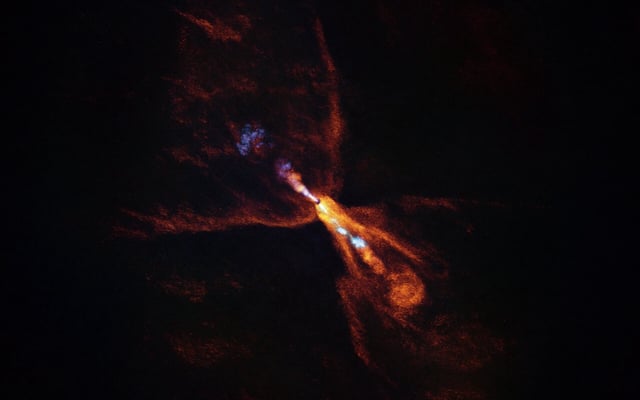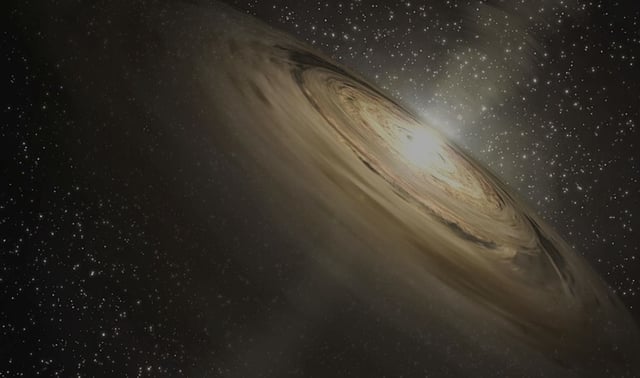Overview
- Researchers used JWST and ALMA to detect warm silicon monoxide gas solidifying into crystalline silicates in the disk of the 1,300-light-year-old protostar HOPS-315
- The condensation occurs in a narrow ring at about two astronomical units from the star, equivalent to our asteroid belt’s location
- This marks the first direct observation of the high-temperature condensation step that produces the solid seeds of rocky planetesimals beyond our Solar System
- HOPS-315’s favorable orientation and the synergy of infrared spectroscopy with millimeter-wave imaging allowed unprecedented isolation of early dust-forming chemical signatures
- By mirroring mineral condensation inferred from ancient meteorites, the discovery provides a close analogue for understanding the processes that shaped our own Solar System


